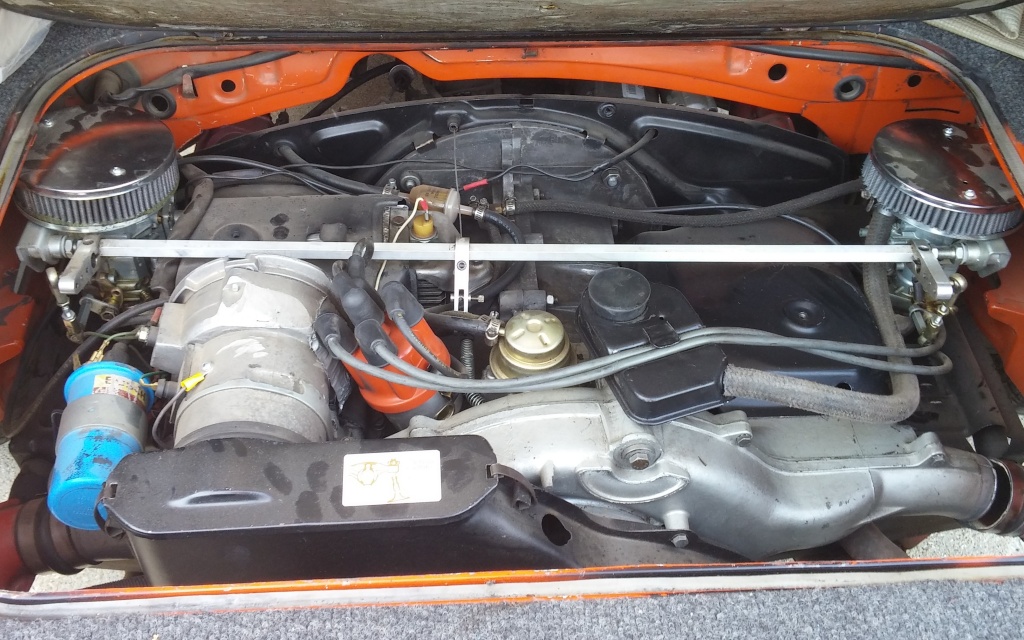

Oil leaks from the pushrod tubes is also common (but relatively easy to sort) while rusty heat exchangers should be viewed with caution because they are pricey to replace. Its twin Solex carbs, however, are troublesome they are prone to air leaks and tricky to balance and often replacement is the best remedy. It was based on the Type 4 unit and first saw VW bus duties in the later Bay Window.
#Vw type 3 engine cracked#
These engines are robust but painfully slow and worryingly thirsty – when buying it’s mainly a case of looking for cracked cylinder heads and evidence of overheating due to stuck thermostats.ĭespite being even more thirsty the 2.0-litre 70bhp CU engine (above) was the better of the two air-cooled offerings. The early 50bhp air-cooled units (carrying a CT code) were derived from the Beetle engine but had hydraulic tappets, conventional oil filter and a cooling fan on the end of the crank. Air made way for water and was eventually dropped altogether in 1982. The first T25s from 1980 were available with either a 1.6 (50bhp) or 2.0-litre (70bhp) air-cooled engine and you can instantly identify these by the absence of a second grille just above the front bumper. But the million dollar question, and something we’re being asked all the time by prospective T25 buyers is – which one is best? Here’s our warts ‘n’ all guide… Whether you’re an air-cooled purist, like the idea of a fuel-sipping diesel or prefer the smoothness of a later ‘wasserboxer’ there’s a VW T25 engine in the line up to suit all tastes and driving styles.


 0 kommentar(er)
0 kommentar(er)
